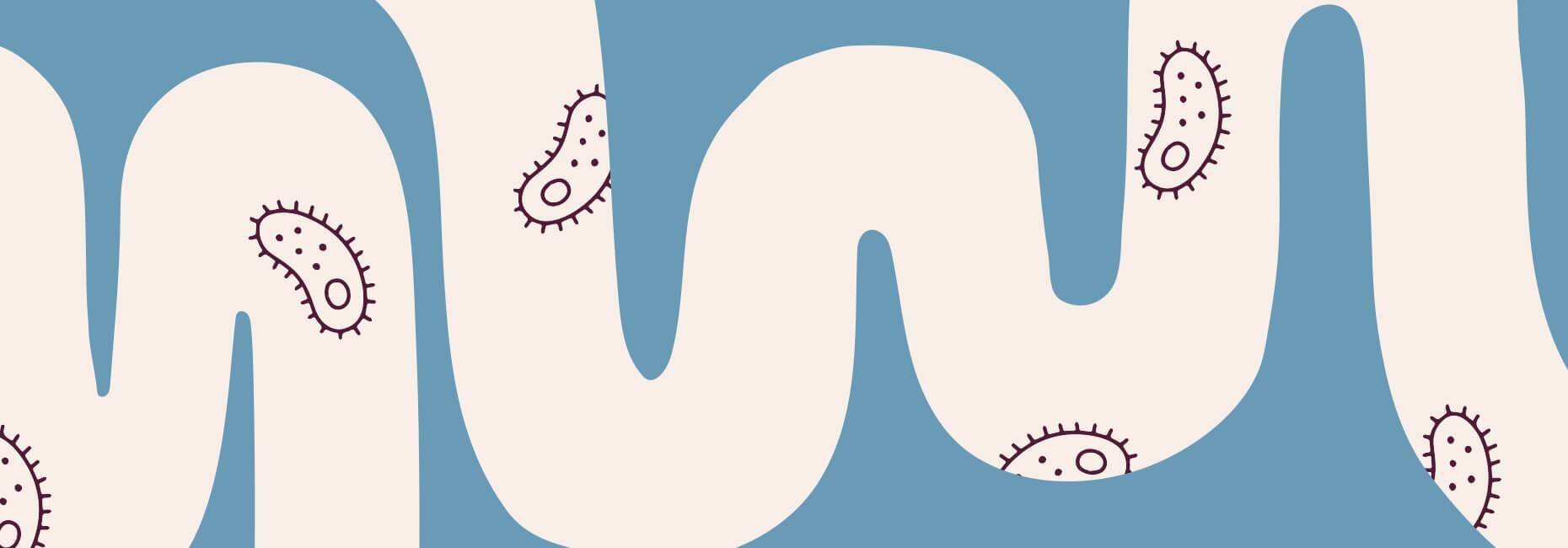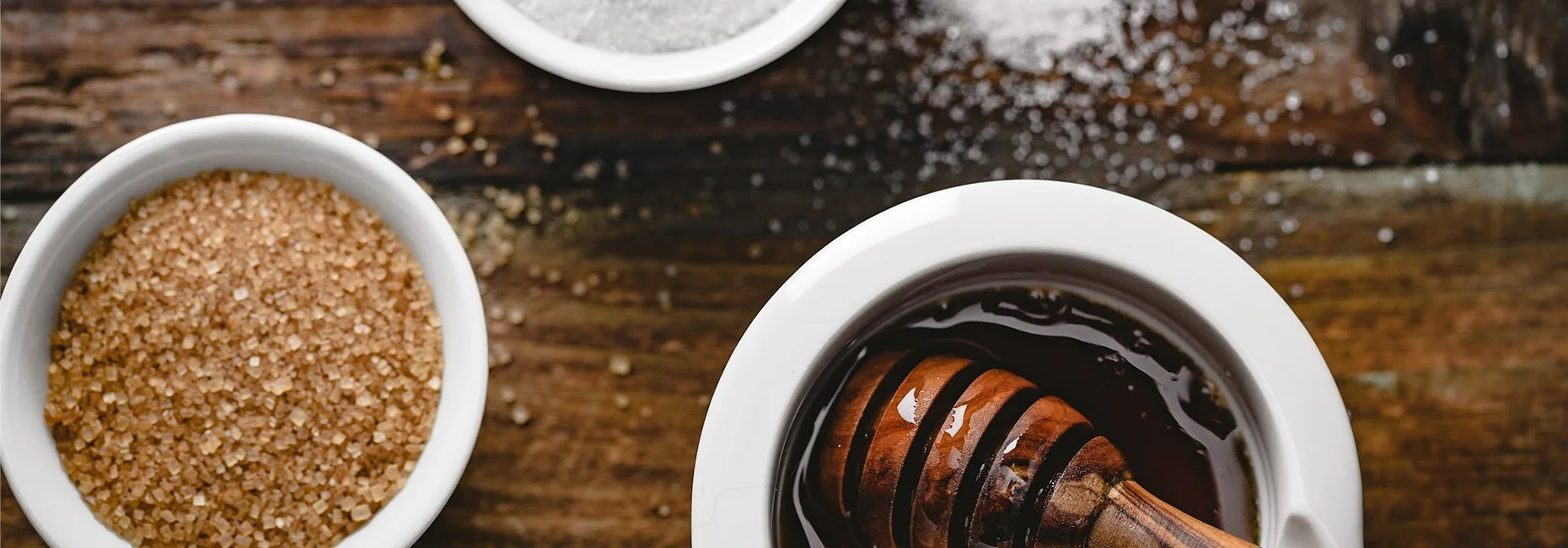The dawn phenomenon is the early morning spike in blood sugar that happens before breakfast and is believed to affect more than half of all people with type 2 diabetes. Fortunately, the dawn phenomenon can be managed through a combination of medication and lifestyle changes, but it all starts with knowing what the dawn phenomenon is and how it works.
Here is a description of your company. Proin ex id consectetur lobortis. Aliquam, velit vel faucibus dapibus, augue justo ullamcorper turpis, nec convallis metus nunc vel turpis.












